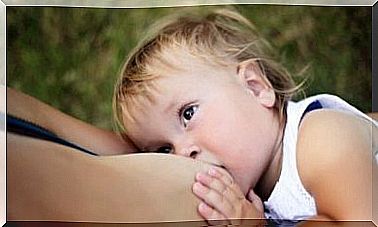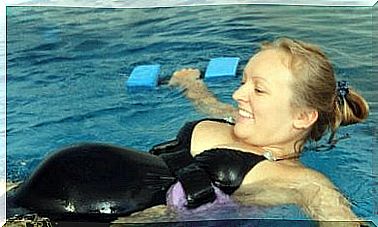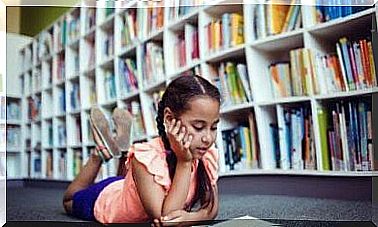Toilet Training: Tips From The Montessori Method
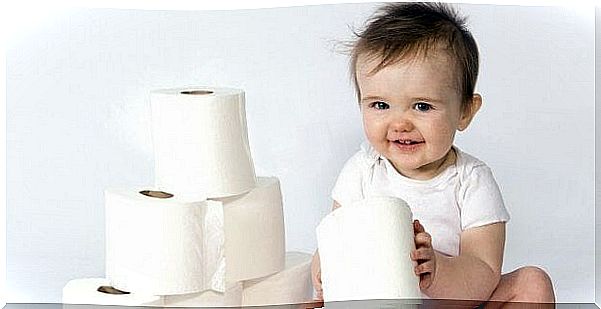
The doctor and educator Maria Montessori has given us some important tools for raising and educating our children. With her knowledge, she wanted to help us improve various aspects of parenting. In this article, we intend to develop her method of toilet training.
Usually, children go through the adjustment period unharmed. And for us parents, the worst thing that can happen is that we have to clean up a little extra after an accident.
Whatever method you choose, it is important not to put pressure on your child. Rather, try to give the child the time he or she needs to adjust to avoid unwanted psychological consequences.
How to know if the Montessori method will work
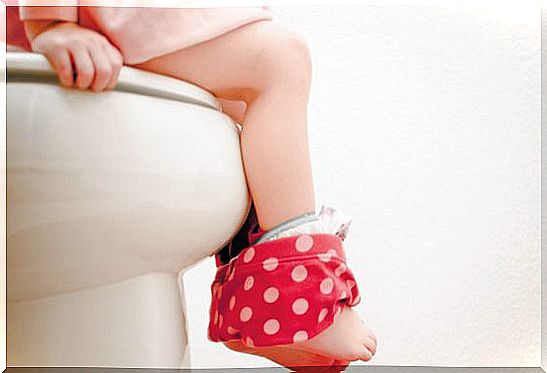
The Montessori method has been very successful internationally. However, the result you get always depends on how and when you use it.
For that reason, it is very important to wait for the right moment. All children are different and learn at their own pace. When a child is ready, and we as parents are also prepared, the method works much better.
According to the founder of the method, it is best to respect your child’s personal development. It wants to adapt to its surroundings at its own pace.
Therefore, when we begin to notice a growing need for independence, it is our duty to create the right circumstances so that the child can achieve his or her goals on his or her own.
Tips from Maria Montessori on how to stop using a diaper
María Montessori’s method of toilet training is based on the child’s independence. It happens that we as parents become eager and want to speed up the process. There are several reasons why we often want to start training the child to walk on the potty before it is ready.
In fact, Montessori, who was both a doctor and an educator, considered it very important that we respect the process. That is, we should preferably wait patiently while at the same time giving our child the tools he or she needs to reach his or her goal.
Here is the explanation of how to succeed with the process.
It’s not a question of age
Even if your child has reached an age when you think it’s time to learn to go to the toilet, it does not mean that the child is actually ready. Most theories about toilet training claim that when the baby is two years old, it is time to get rid of the diaper.
The Montessori method instead suggests that the right time is when the little one is physically able to control the end muscles of the bladder. The age of a child may play a role in the maturation of the area, but it is not the deciding factor.
It is not something that a child can learn without further ado. The baby’s body must be prepared.
There is no right or wrong season
Sometimes we wait for the right opportunity to teach our baby to stop using the diaper. For example, many people start potty training in the summer so that they can wash their children more easily and let them go without clothes without having to worry about the cold.
In addition, you may feel pressured to start toilet training so that your child will soon start kindergarten. But just because it’s hot outside or because school starts this fall, does not mean your child is ready.
Create the right environment
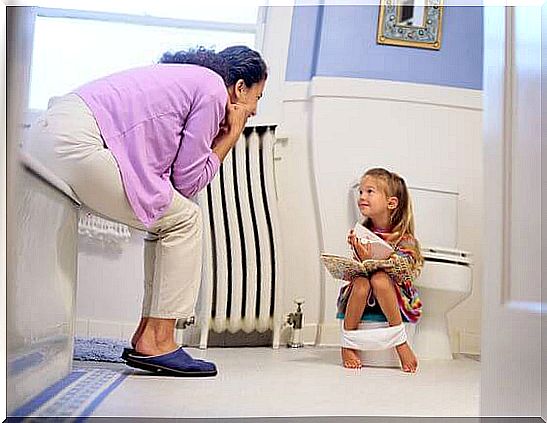
Montessori explained that in order to take advantage of your child’s anatomy , it is important that your child does not feel dependent on others to solve their problem. Therefore, the child needs to feel that he knows what he needs to go to the toilet, and that everything is easily accessible.
If your child has a potty, stool or toilet seat, things must be placed where it reaches them. That way, it can go by itself as soon as it feels the need to go to the toilet, and easily access what is needed.
Pay attention to your child’s body language
It often happens that parents use methods that force the child to sit on the potty until it has done its thing. But then it feels like a kind of punishment for the child and is far from motivating. It is best not to force your child to sit on the toilet.
The Montessori method advocates that we pay attention to our children’s gestures, which signal when it’s time to go to the potty. We should also ask the child often if he needs to pee or poop.
Avoid reward systems
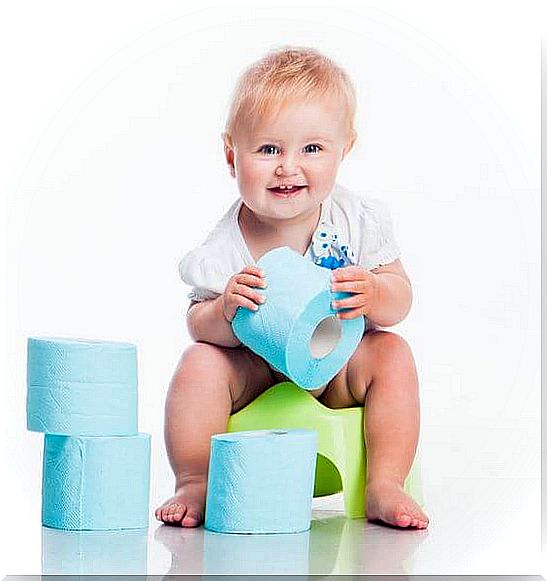
The adjustment period should be natural, and your child should experience it that way. It is not about performing a special act, demonstrating a talent or completing a mission. Therefore, you should avoid reward and instead see it as a natural step in your child’s development.
Sooner or later, your child will reach the required level of maturity and it is important that he is faced with this task in a natural and unforced way. In addition, offering a reward puts pressure on the child which can lead to frustration if it does not achieve its goal.
Do not rebuke or punish your child
If your child knew exactly how to do it, we would not even have to discuss the matter. But how can we expect a child to change their habits overnight, when they have only used diapers all their lives? Right now, your baby knows no other way to pee and poop than to do it in his diaper.
Therefore, you need to be prepared for leakage and poop in your pants, and accept it as part of the process. Do not interpret your child’s misfortunes as a way of defiance or disobedience. He’s learning!
We need to be patient and loving, and avoid getting angry at what may appear to be the child’s obvious clumsiness. And, most importantly, we must encourage our children to reach their goals. Try not to place any emphasis on accidents. Just show your child how to do it, without setting a scene.
Rome was not built in a day
If you started the journey towards being diaper-free, do not assume that you will achieve the goal within a certain period of time. There are those who advocate methods that promise toilet training in just three days or a week. However, we all know that life is not so predictable.
Choose as natural an setting as possible; no pressure, no lofty goals. Apply the method with the same flexibility that your child needs in all areas of life. Avoid setting a deadline or time limits and you will see how easily all stress disappears.
How did you do with toilet training? Do you have any tips of your own? Feel free to share with you!




